"How we have been able to break down the pure essences of plants, see on a molecular level what their components can do, and use them to our benefit blows my mind! I am both grateful and humbled by the opportunity to continue to grow, harvest, and use these miracles of nature."
One of my favorite things about aromatherapy is the way it supports us as a whole; physically, mentally, emotionally, and spiritually. If you've ever watched a loved one go in and out of the hospital for various ailments to their physical body, you may have noticed the way modern medicine focuses on an issue, just one part of the whole, which, at times, will seek to damage other parts of the person. I respect modern medicine, emergency care, and the ability of prescription drugs to help with specific issues, but I am even more in awe of the plant world, and how plant oils interact with our bodies on a holistic level, addressing all the issues that come with being human. The way that humans have figured out how to blend different plant attributes to achieve powerful healing methods is at the foundation of aromatherapy and herbalist studies. How we have been able to break down the science of plants, see on a molecular level what their components can do, and use them to our benefit blows my mind! I am both grateful and humbled by the opportunity to continue to grow, harvest, and use these miracles of nature. In my own "healing garden" last summer I was able to grow 2 of the 3 plants that make up the amazing "Trauma Oil" (the 3rd I purchased from a reliable source) and take them along the process of creating a powerhouse carrier oil that can benefit us in times of healing from head to toe.
St. John's Wort
I started my journey growing St John's Wort 2 years ago. St. John's Wort is a bushy plant that produces cute yellow flowers. It's these flowers that have so many benefits to us, from relieving soreness and pain in muscles, to mood enhancement that relieves anxiety, allowing us to feel optimistic and hopeful. On our farm, my healing garden is situated very close to our beehives, and the bees flock to these flowers when in bloom. In my research, I have found the best time to harvest these little flowers is when they are barely opening and have retained the optimal amount of their therapeutic elements. Once harvested they are left to dry for 24 hours and then immersed in fresh-pressed, organic extra virgin olive oil. I place the jar of oil and blooms in the sun to sit for 30 days, and the result is a beautiful reddish oil with all of the wonderful attributes of St. John's Wort.
Very different than the 2 years it took for my St, John's wort to product enough to actually do an infusion, my calendula has taken off since year one! It's a wonderful perennial that comes back in abundance year after year, and I can harvest it for many months, collecting more than enough to make an oil infusion, and have plenty more for extracts and tea. Because calendula can be extracted fresh or dry, I used some of my sun-dried blossoms in organic olive oil and let it sit in my east-facing shop window for several weeks. The result is a dark yellow oil with some amazing skin benefits. Calendula oil can calm redness, comfort ongoing skin irritations, and be used in first-aid for purification and healing of injury sites. On it's own calendula oil is safe to use on open wounds.
The third oil infusion that makes up our Trauma Oil blend is Arnica. Funny story, we purchased arnica seeds about 2 years ago, started them in pots, and then transplanted them outside. The first year we got a few pretty red and yellow flowers, but not enough to be useful. The next year, our St. John's Wort took off so much, we moved the arnica to a different area so both could have plenty of space to spread. Being perennials, they continue to expand their botanical footprint from year to year, producing more and more of these amazing ingredients, much to my delight. Last year we had enough arnica blossoms to make an infusion, but, as I was researching the best way to do it I discovered that what we had wasn't arnica at all, it was a flower with the common name "Blanket Flower". I believe the mix up from the seed company came from the fact that blanket flower has the word "arnica" in the botanical name, but arnica flowers are yellow, not red and yellow. I also was a bit disappointed that after 2 years cultivating this crop I couldn't find even one therapeutic use for blanket flower. The uses of arnica range from soothing bumps and bruises, to promoting circulation, and reducing the appearance of scars. We were able to source organic arnica infused olive oil from a trusted supplier, and have ordered new seeds this year to start the process again. Because arnica oil stimulates blood flow, it is not advisable to use on open wounds, but can do wonders for stiff joints and pain from poor circulation.

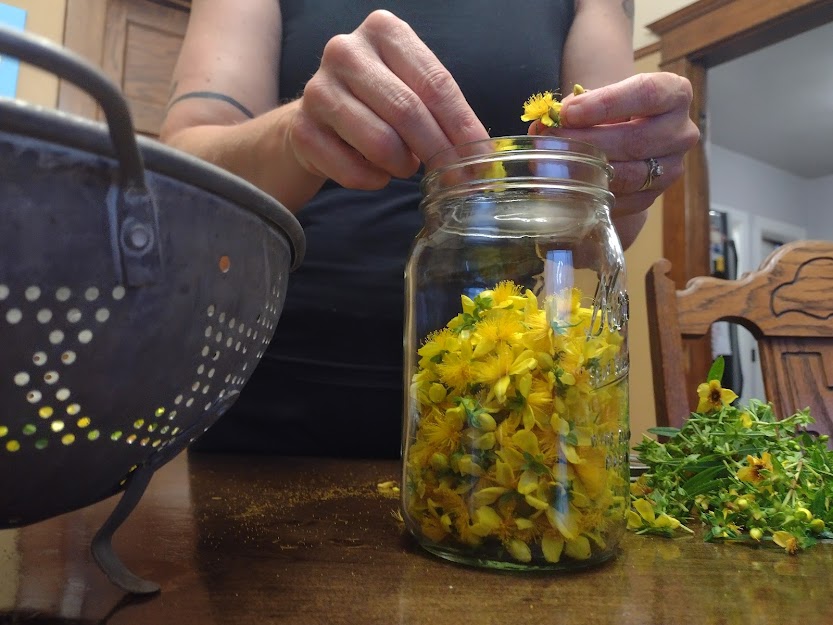
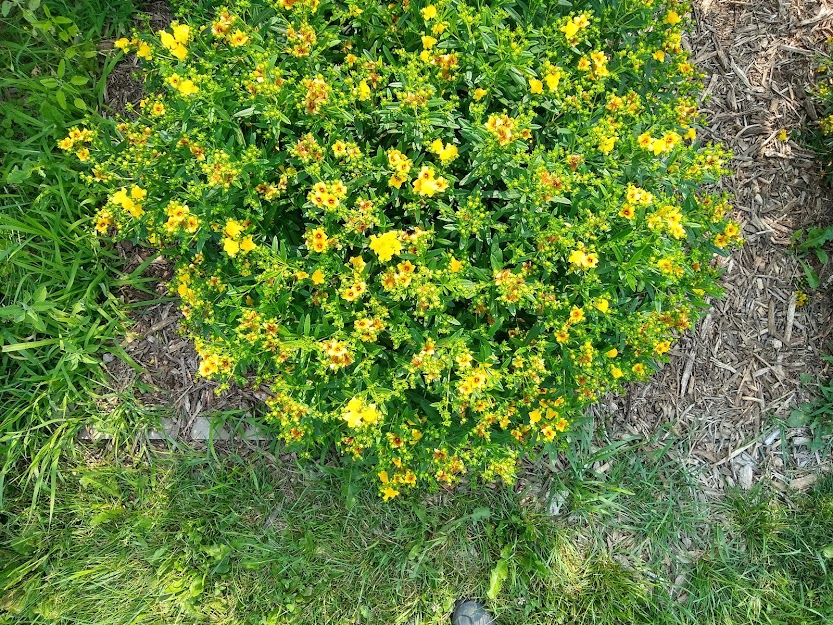

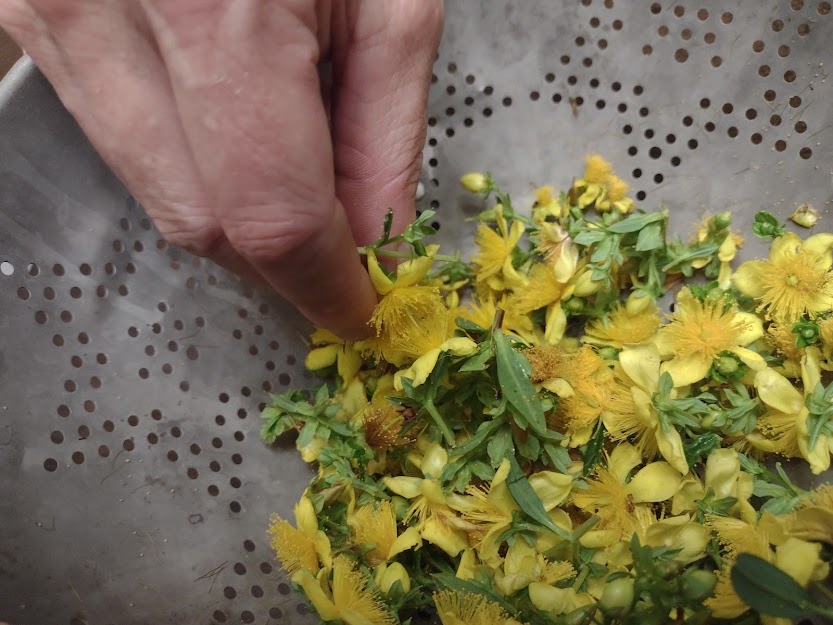

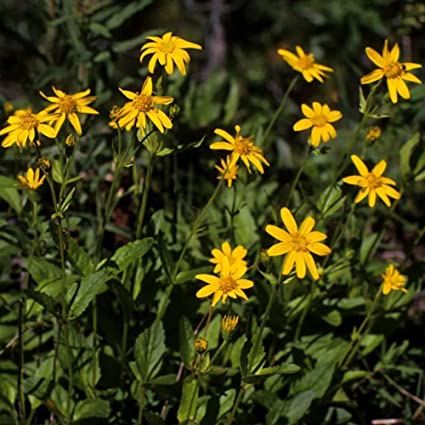
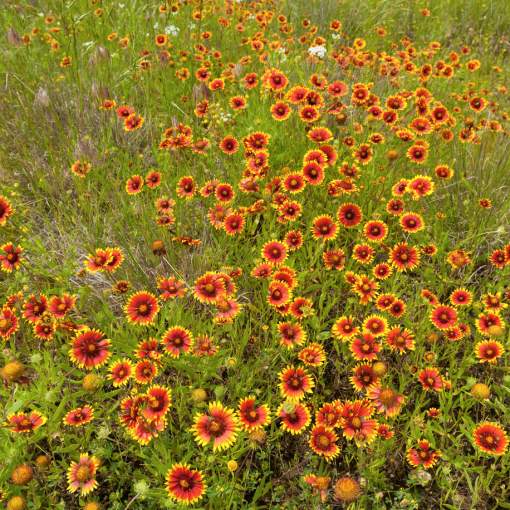
 RSS Feed
RSS Feed